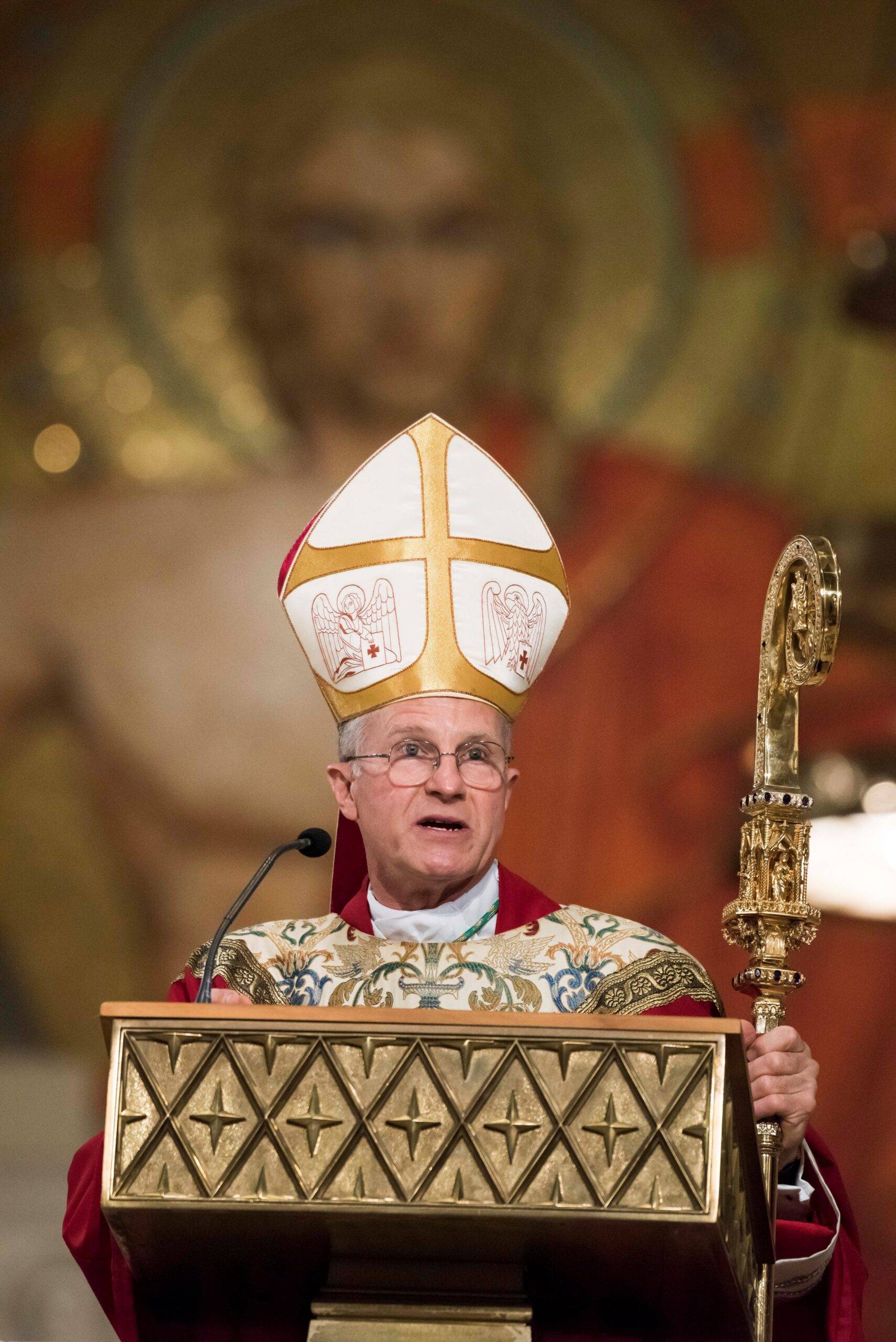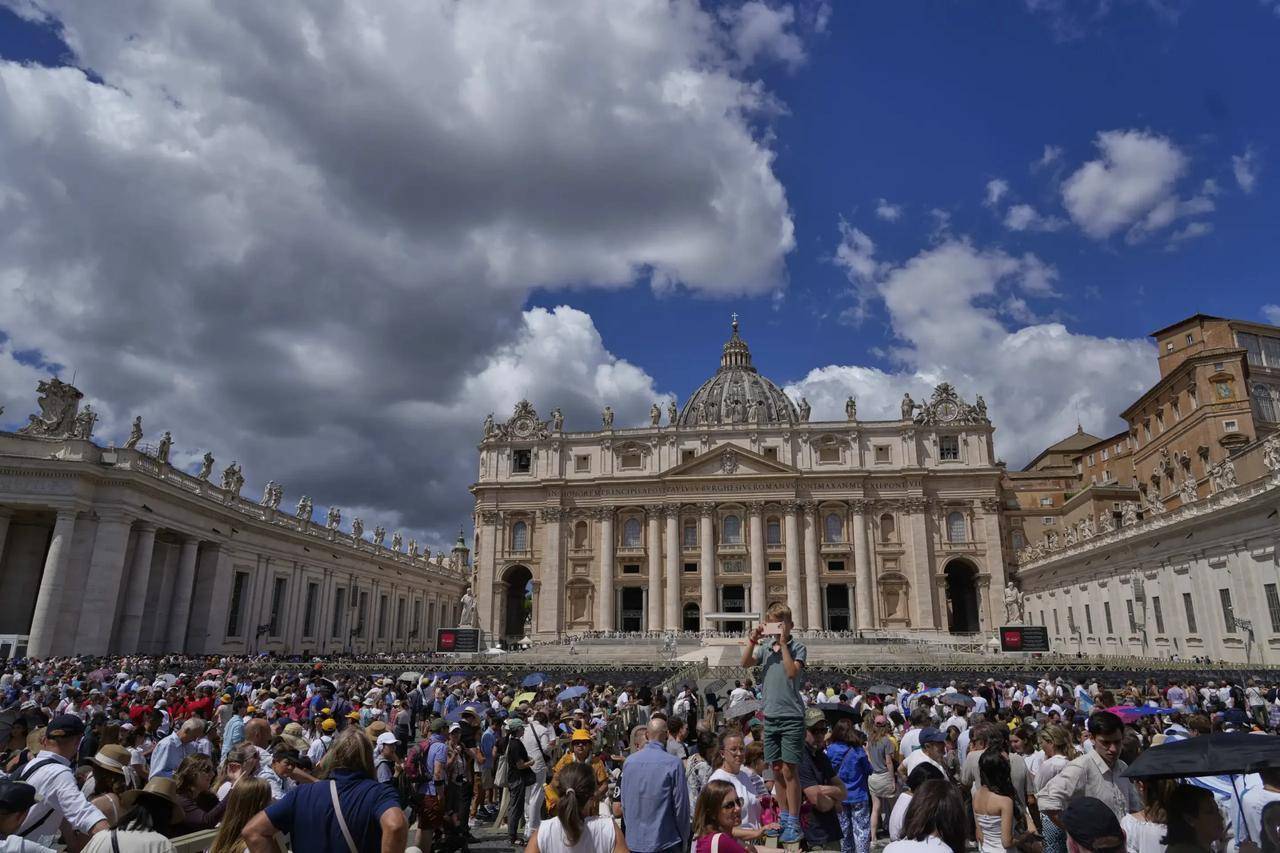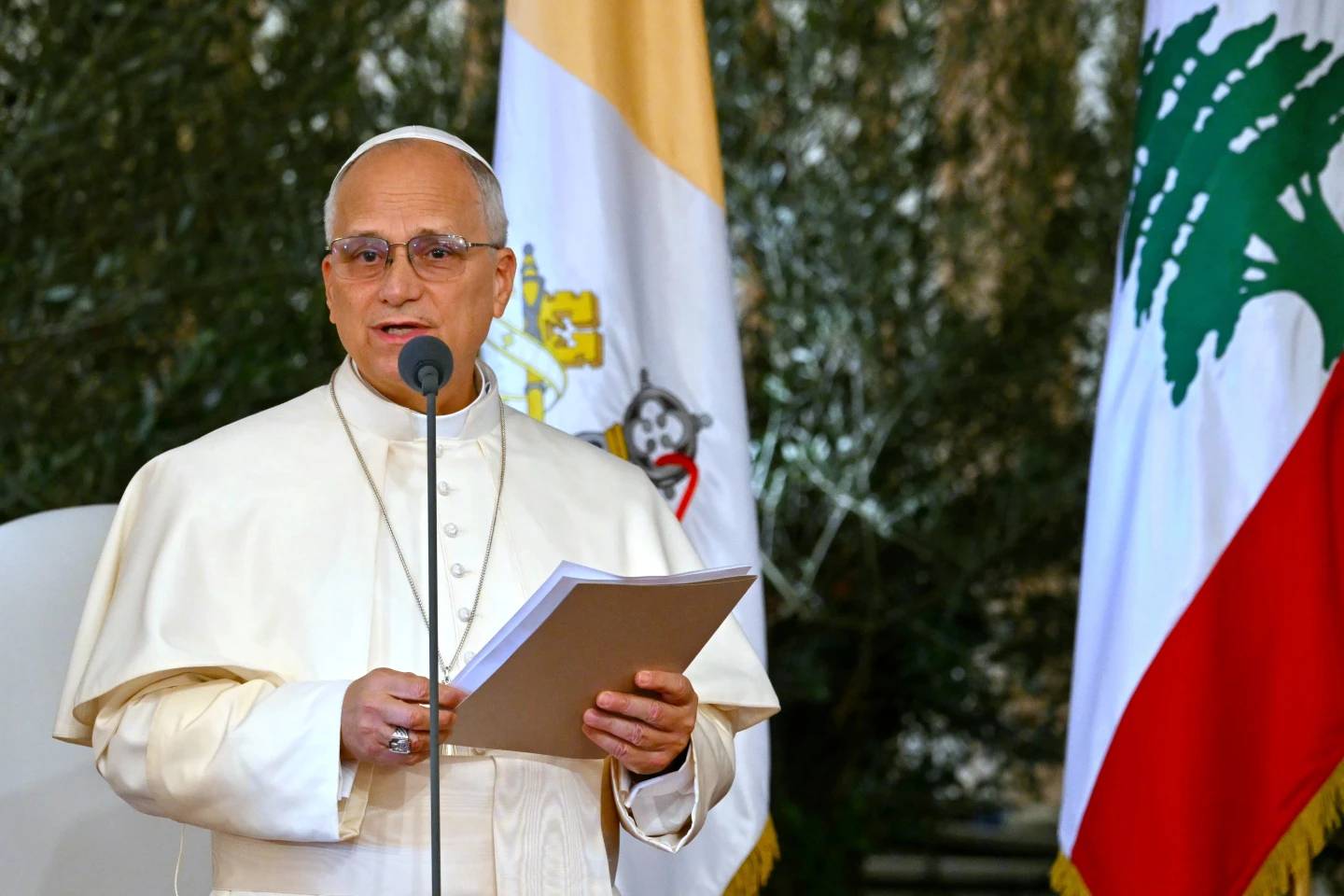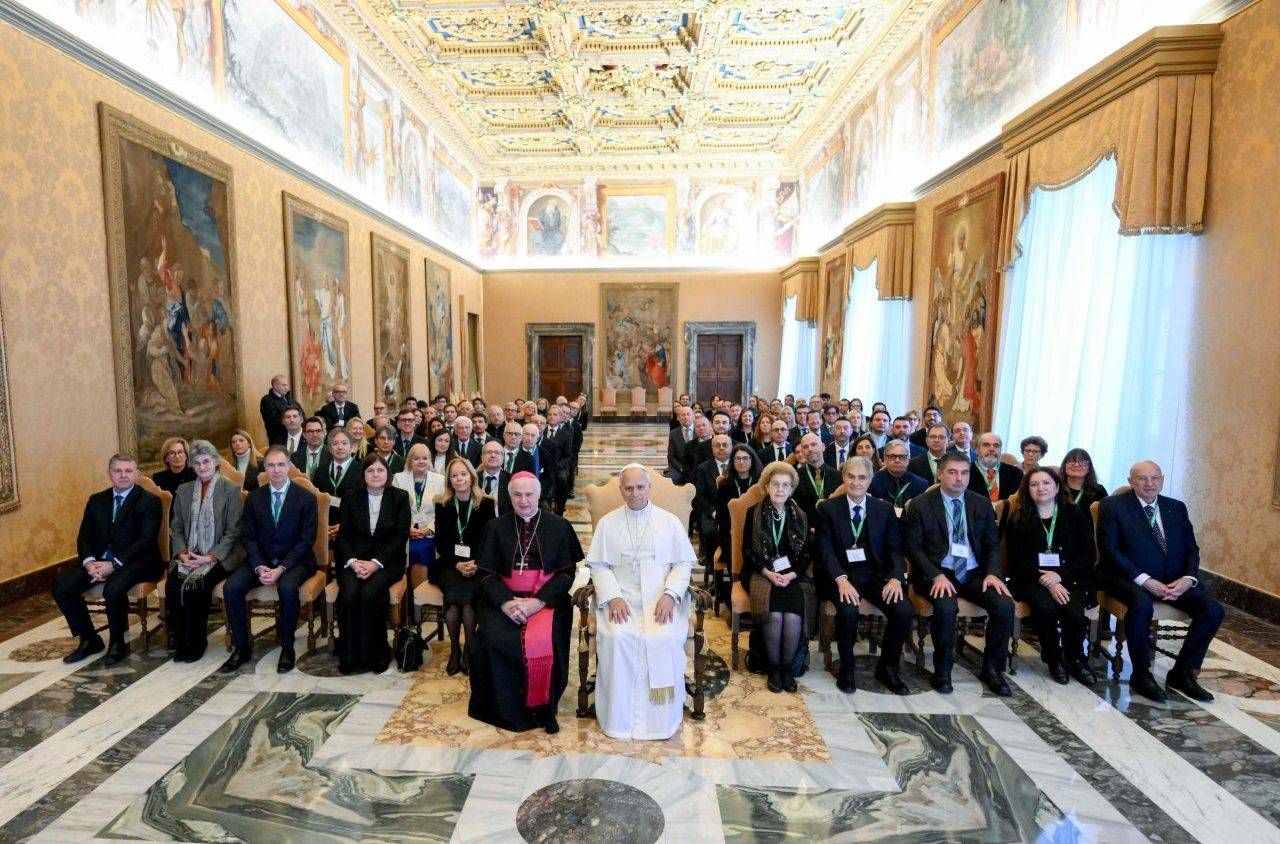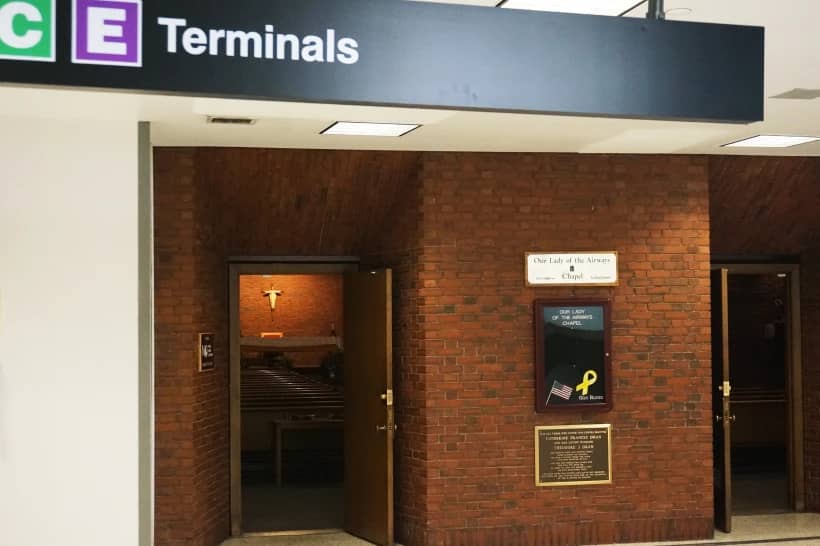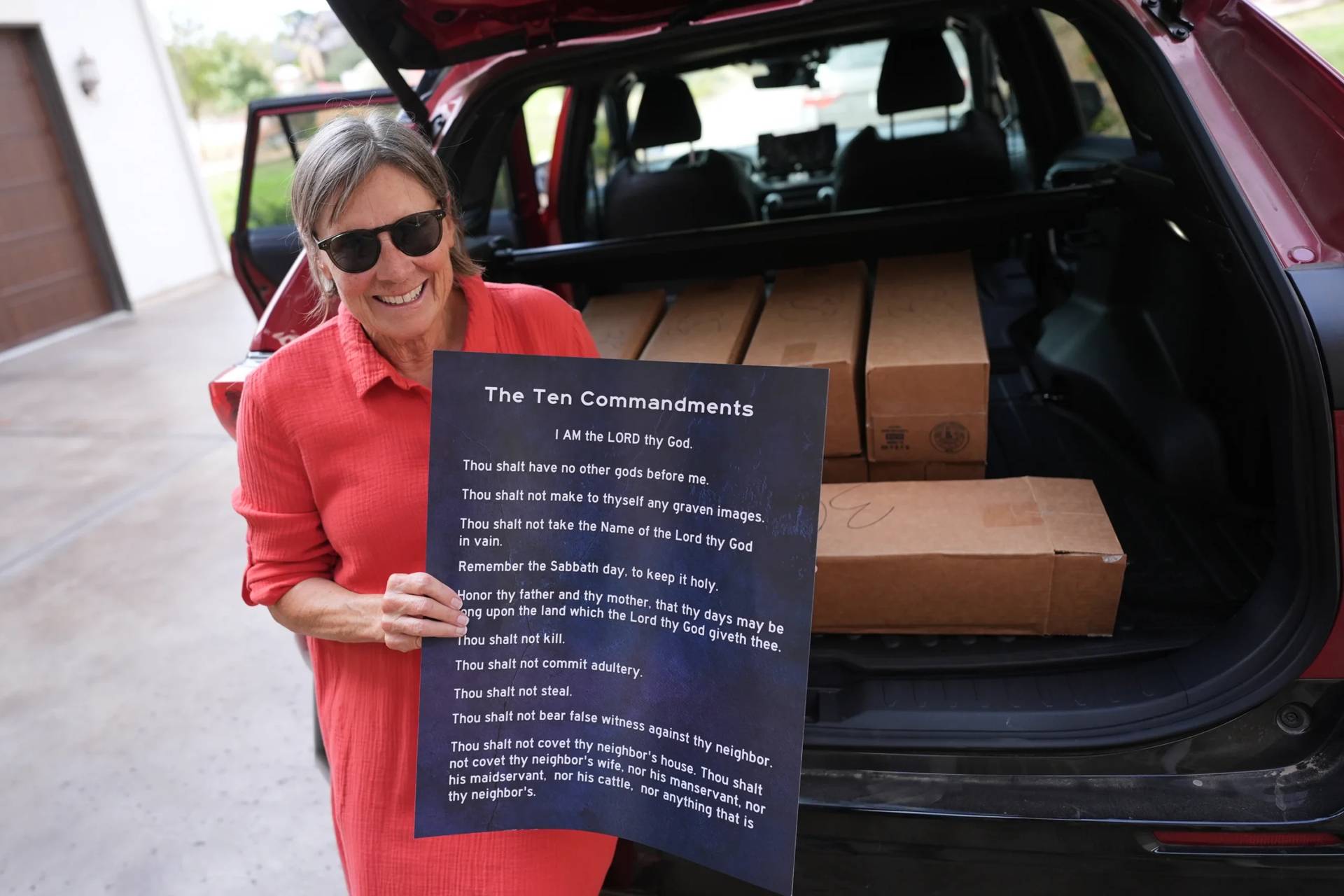One of the biggest challenges of World Youth Day is how to keep the millions of young people engaged once the week-long ecclesial party is over.
“One-half of youth who self-identified as Catholic as teenagers no longer identified as Catholics 10 years later in their 20s. That is a 50 percent loss through attrition in one decade.”
So says Christian Smith, co-author of the National Study of Youth and Religion, a research project from the University of Notre Dame and the University of North Carolina at Chapel Hill, speaking about the Catholic Church in the United States.
The statistic is a startling one, but perhaps it shouldn’t be. Young people are capricious and fickle. Pastoral experience suggests that often young people wander away from the Church and then find themselves back when it is time to rear their own children in a faith tradition.
But this “returning home” instinct may be becoming extinct. There is evidence that mistrust of religious institutions has been growing for some time– and not just among young people. According to a 2015 Pew Research Center study one in 10 adult Americans (13 percent) today is an ex-Catholic.
A recent Gallup poll indicated that only 44 per cent of Americans have a great deal of confidence in the Church or organized religion, even though 90 per cent of Americans still believe in God. God is okay; it’s the Church that’s iffy.
This trend should concern those who gather for World Youth Day. It is no doubt on the mind of the “Gatherer-In-Chief,” Pope Francis.
We’ve already seen from this week in Krakow what we already knew from Rio in 2013: Pope Francis is extremely popular with young people. But can that popularity translate into youth continuing to be actively engaged with the institution Pope Francis represents? The trends identified by Smith do not shout an unqualified “yes” to that query, at least in the United States.
So, what can the Church do? A first step would be to make young people feel more welcomed, to let them know that their presence and participation matter. While some parishes have youth ministers and special youth liturgies, it is the rare parish that has found ways to integrate youth into the active life of the parish community.
Young people might show up for a hip youth Mass with rock and roll music and post-Eucharist pizza, but not so much for the more mundane gatherings and tasks of an active faith community. Rather than continually segregating the youth, we need to make sure that all of our gatherings are youth-friendly and engaging.
A common critique that I hear from young people is that Church is “boring” and no doubt that can be true. Unimaginative and poorly planned and executed liturgies do nothing to further religious imagination and engagement. Dirge-like music and uninspiring and unprepared homilies are hardly an impetus to get up on Sunday morning after a late Saturday night out. We can and need to do better.
The Church also needs to meet young people where they are: on the internet, social media, and in interactive virtual venues where youth congregate. A pope who tweets and uses Instagram is a great start. Many parishes, however, have not cottoned on to this more progressive notion of ecclesial gathering. They are convinced that attempted relevance will be the death of our sacred tradition. But it’s irrelevance that’s the real cause of the Church’s demise.
Not to toot our own horn (well, not too much) I have been amazed at the popularity with young people of the web-streamed Mass produced by my own religious community, the Passionists, called simply The Sunday Mass. When I ask young people why they like it, many say: “It’s only half an hour, the music is great, and the preaching is succinct, on-point and relevant.” And then they add, “And we can participate in it whenever we want.”
It’s not ideal. The Internet doesn’t allow for bodily, communal gathering and the reception of the Eucharist. But it can be a wonderful first step toward engagement and a bridge to where young people spend most of their time — and may have lessons for the rest of the Church.
It’s clear from Krakow that World Youth Day reaches not just the mind but the young searching heart. It’s why youth-friendly evangelical churches in the United States such as HILLSONG are thriving: there’s engaging, multi-media, emotional and impactful preaching, and hugs that go on for days.
It’s what World Youth Day does so well. But when the young pilgrims return, will they find their parishes have taken note?






